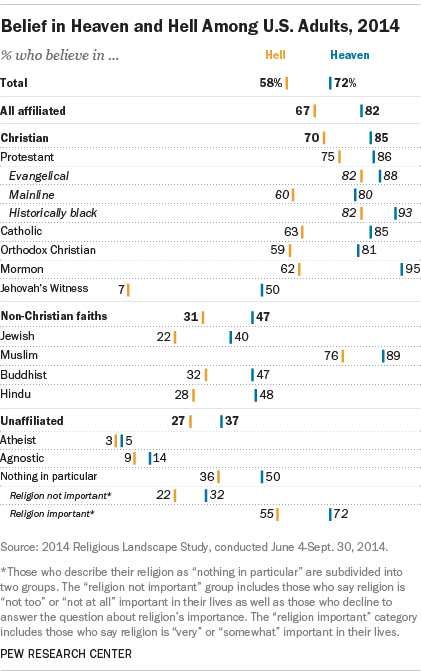On February 23, 1942 a 365 foot long Japanese submarine surfaced a hundred yards off the beach and the Commander rained fire and fury on the heads of the enemy
A few years before in 1939 an oil tanker ship captain named Kozo Nishino was refueling at the Elwood oil docks in Golita just north of Santa Barbara. As his ship was taking on fuel Kozo was wandering the facility when he spied a large prickly pear cactus field behind a fence (the patch is still there just below the 11th fairway of the Sandpiper Golf Course).

‘Aw, ya, godamn crybaby!”
He decided to take a cutting back for his mother’s garden in Japan but when he climbed over the fence he fell into the cactus and got pretty badly stuck. Some roughneck oil workers saw him struggling and screaming, “like a little girl who lost her dolly” said one. Kozo was completely humiliated and slunk back to his his ship. He never got the cutting. It is not known if his mother was disappointed. No doubt she was, further inflaming Kozo’s desire for retribution.

Hell hath no fury like a Kozo with a butt fulla thornes
At the beginning of 1942 Kozo had orders to ‘find suitable targets in California’ and it’s no mystery that he picked this oil field. The plan was to light the oil field on fire and with any luck might me might burn down America. After the shelling the commander radioed that he had “set the country in flames.” This was a bit of an exaggeration as the I-17 gunners only damaged one pier slightly.

‘Well, I don’t think this is gonna burn down America.”
The submarine was named I-17 and it had been at Pearl Harbor on Dec 7th. It also shelled a oil tanker off the northern California coast. As the ship was sinking the crew took to the lifeboats and came ashore at Crescent City. A day later the, very much afloat, and only slightly damaged ship floated up on the beach. The crew must have felt like this was their cactus patch.
Even though he wasn’t successful in burning down the house.
Kozo hoped that he’d sow fear in the hearts of the Americans. This part worked and the attack brought the terror and confusion to a fever pitch. Locals reported seeing signal lights in the mountains presumably communicating with the submarine. As a direct result of this, all lights along the coast were ordered to be extinguished and a move was made to round up the Japanese and Japanese Americans to be removed from the Pacific Coast. It is popularly assumed that the Japanese were ordered into the camps. This isn’t strictly correct. If you had relatives further east you could go there and about 10% did. But if you couldn’t, you were ordered to wrap up your affairs and report to temporary tent camps. One was where San Bruno’s Tanforan Shopping Center is today. And just for good measure the the Feds rounded up 1,700 Italians in San Francisco as possible Nazi collaborators and put them in camps. They let them go in a few days when the discovered that nearly all the fishermen in San Francisco were Italian and the boats stopped fishing. Even some Germans were rounded up.
After seventeen 5.5 inch rounds were shot at the oil field the I-17 submerged and sailed away; the mission completed and honor restored. America went on the win the War, as you have probably heard. When the Japanese sub firing on the oil field it was the first time since 1812 that the US mainland had been fired on.
Steven Spielberg made a film based in part on the incident called 1941.
It’s a comedy just 35 years after the War when few folks were laughing about the yet. Although a critical failure, and stunningly awful it made over $100 ($400 million today) and had a gigantic and amazing cast.

The cactus patch is still there but the oil field is long gone.

‘Ouch!”
The submarine commanded by Kozo Nishino did fire on the oil field on Feb. 23rd. The part that didn’t happen is that Kozo had never been an oil tanker ship captain and he never visited America prior to the attack. But the story is still part of the local history with its parables pointing up Japanese pride and American insensitivity so it has proven to be very sticky (even prickly) over the years.
Many folks ask me if what I write about is entirely true. That isn’t an easy question to answer because like Kozo and the cactus some stories aren’t true in a historic sense. But since folks repeat it it becomes the story.
We now live in era where fanciful stories are less benign. A certain ex president looks you straight in the eye and tells you the Moon is made of green cheese and that he has a very, very bigly golf course there are a certain percentage of people who say they believe it.
The following chart is my very favorite chart of all time. Notice that 3% of atheists believe in Heaven and 5% believe in Hell.

Me, I believe in magic!









Well Blow me down or up depending on your view
Always an informative and wonder filled stories
Love ya Cap
please keep em comin
I love that I’ve never heard of 1941. Am I alone here? Must have been really bad to have vanished off the face of the earth.